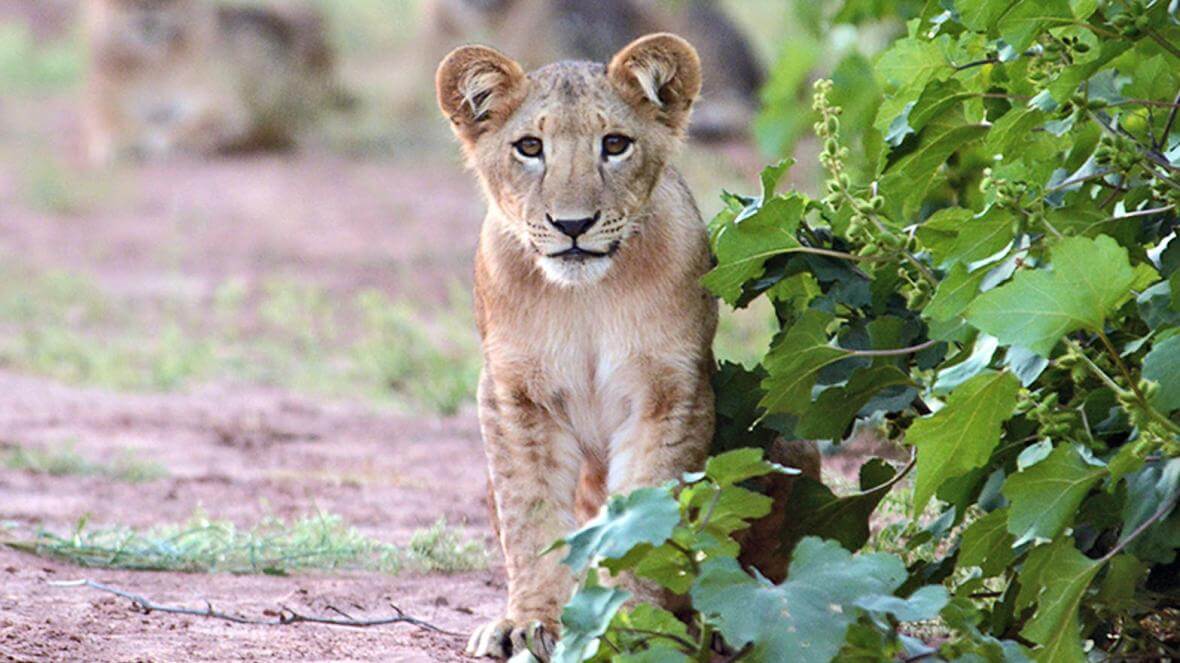Ewaso Lions is the first project to conduct a formal research study on the lion population in northern Kenya (beginning in 2003). We have identified all lion prides and individuals in the landscape we cover within the Samburu – Isiolo ecosystem. The prides here have a very loose structure and often break up into smaller groups of a few females and their cubs. We also monitor a number of solitary females and their offspring. But since 2022, we have noticed that the lions are starting to form larger prides within the protected areas. We suspect that this is because a number of young lions have come together and also the severe drought in 2022 forced the lions in to smaller areas.
We actively monitor individual lions within our conservation landscape and identify each individual by its unique whisker spot pattern, and produce identity profiles for each lion. Lions in a pride are rarely together at one time and this highlights the importance of recognising individuals. We monitor individual lions from project vehicles and conduct prolonged observations in a non-invasive manner.

Our work directly supports lion conservation by providing a more accurate estimate of lion numbers in order to shape conservation management of lions in this part of Kenya. Within our Samburu-Isiolo conservation landscape (and parts of Laikipia), we are currently monitoring about 50 lions, including cubs.
Read about the solitary lions of Samburu by accessing either this National Geographic article or our below-linked blog article:
‘National Geographic: This is the only place on earth where lions live alone’
‘From Solitary Lions to Prides: how the area’s lion populations have changed their social behaviour’

